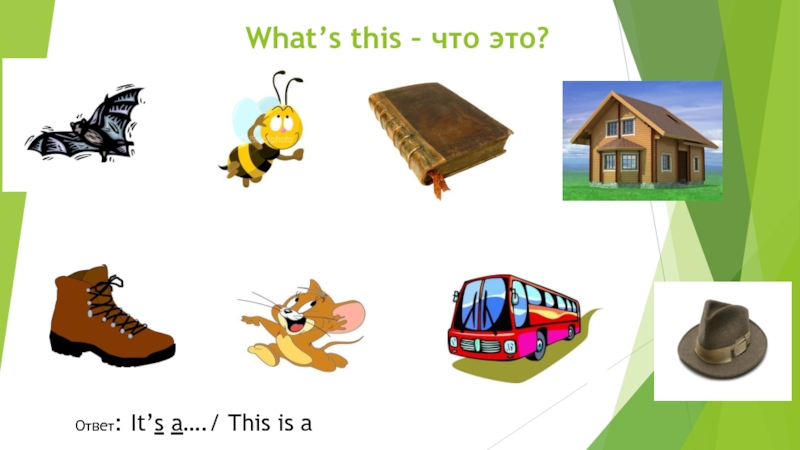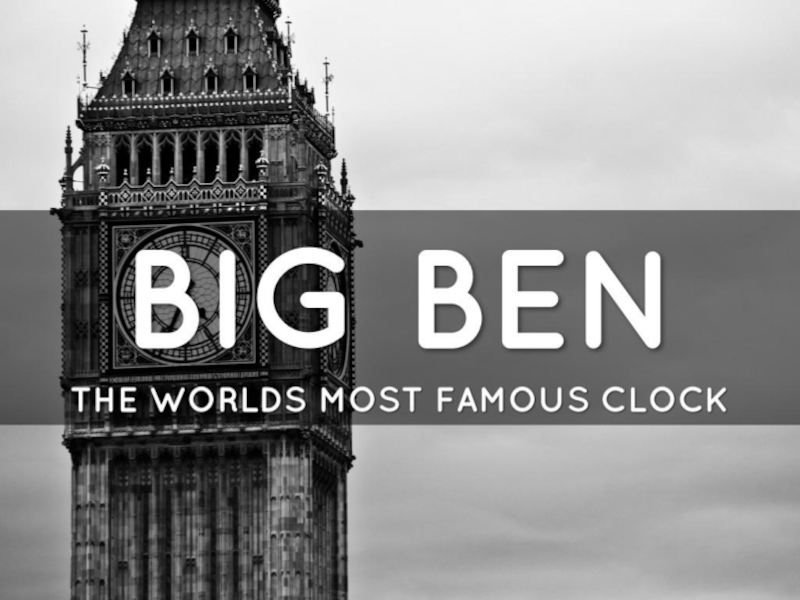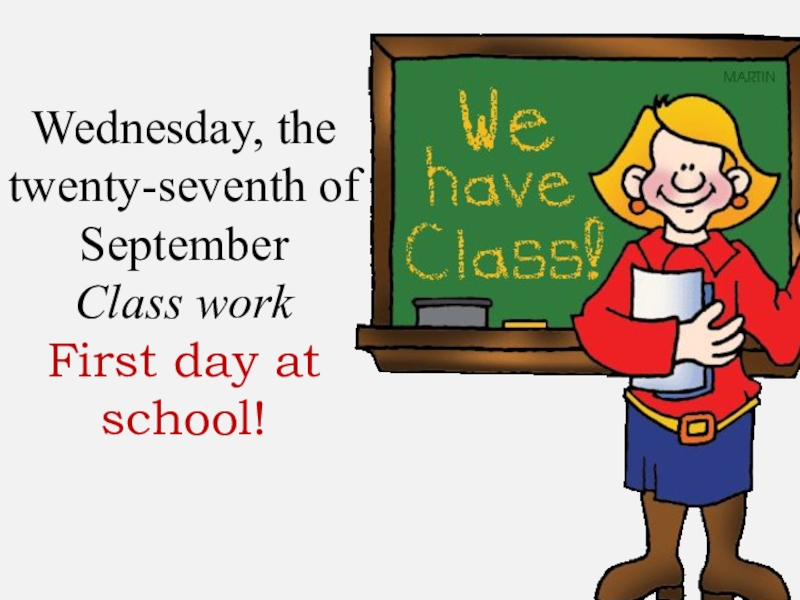- Главная
- Разное
- Образование
- Спорт
- Естествознание
- Природоведение
- Религиоведение
- Французский язык
- Черчение
- Английский язык
- Астрономия
- Алгебра
- Биология
- География
- Геометрия
- Детские презентации
- Информатика
- История
- Литература
- Математика
- Музыка
- МХК
- Немецкий язык
- ОБЖ
- Обществознание
- Окружающий мир
- Педагогика
- Русский язык
- Технология
- Физика
- Философия
- Химия
- Шаблоны, фоны, картинки для презентаций
- Экология
- Экономика
Презентация, доклад по теме Belarus
Содержание
- 1. Презентация по теме Belarus
- 2. BelarusHolidaysOutstanding musiciansSymbolsOlympic winnersFoodSightseeingsLocationLanguageCharacterSelf-checkVideo about Belarus
- 3. Belarus borders Poland, Lithuania, Latvia, Russia and Ukraine.Minsk is the capital of Belarus.Belarus has 6 regions
- 4. What are the most popular holidays in Belarus?KupalleMaslenitsaThe Independence Day
- 5. Maslenitsa (also known as Butter Week, Pancake
- 6. Kupalle is the most loved and celebrated
- 7. The central part in Kupalle celebration was
- 8. Independence Day is celebrated on 3 July
- 9. Victoria Azarenka and Max MirniyDarya DomrachevaSergei MartynovOlympic Winners
- 10. Victoria Azarenka & Max Mirniy
- 11. Darya Domracheva is a Belarusian biathlete who
- 12. Sergei Martynovbecame Olympic champion with a world
- 13. DranikiDraniki is a belarusian style shallow fried
- 14. First of all you will need a
- 15. Mir CastleThe National LibraryBraslav LakesSightseeings
- 16. The National Library of Belarus is the
- 17. Mir Castleis one of the most famous
- 18. National Park "Braslav Lakes"is one of the
- 19. storkbisonSymbolscornflower
- 20. The first symbol of Belarus is a
- 21. The most famous symbol of Belarus is
- 22. Each country has its national plant or
- 23. Outstanding musicians
- 24. Troitsa plays folk which is very original,
- 25. Irina Dorofeeva Born in the Belarusian city
- 26. “Pesnyary”are the most successful Belarusian group today
- 27. Belarusian National OrchestraThey play classical music of
- 28. Слайд 28
- 29. Traits of character Frankly speaking, Belarusians are:TolerantKind-heartedHospitableOpenCommunicativeHave a good sense of humorEasy-going
- 30. Belarus: One Day in Life
- 31. Belarus: In Embrace of Stars
- 32. Self-checkBelarus consists of …4 regions5 regions6 regions2.
- 33. 3. The capital of the Republic of
- 34. 5. When do Belarusians celebrate Kupalle?On the
- 35. 7. What is the traditional dish during
- 36. 9. Who won the Gold Medal in
- 37. 11. Name the symbols of the country … 12. What outstanding musicians do you remember?
- 38. Thanks for the work and attention!
Слайд 2Belarus
Holidays
Outstanding musicians
Symbols
Olympic winners
Food
Sightseeings
Location
Language
Character
Self-check
Video about Belarus
Слайд 3Belarus borders Poland,
Lithuania,
Latvia,
Russia
and Ukraine.
Minsk is the capital
Belarus has
6 regions
Слайд 5Maslenitsa (also known as Butter Week, Pancake week, or Cheesefare Week),
Слайд 6Kupalle is the most loved and celebrated pagan holiday in today’s
Слайд 7The central part in Kupalle celebration was a fire, which symbolized
There were a lot of purification rituals during the celebration - jumping through the fire, bathing in the river or rolling in the grass dew. There would be a lot of dancing in karagods, competing in strength, fortune-telling and looking for a blossoming fern flower – “paparats-kvetka”. The lucky couple that would find it would live happily ever after.
A lot of this traditions is followed today.
Слайд 8Independence Day is celebrated on 3 July and marks the liberation
The occasion is marked with a large military parade in Pobeditilei Avenue. Independence Day demonstrates the achievements of a sovereign Belarus and reminds the people that by suffering great loss, they have won the freedom of their country.
Слайд 11Darya Domracheva
is a Belarusian biathlete who has been competing in the
Darya started her sports career with cross-country skiing in 1992 but switched to biathlon in 1999. She joined Belarus’ national biathlon team in 2006.
At the 2010 Winter Olympic Games in Vancouver, Canada, she won the Bronze medal in the Women's 15 km Individual race, at the Whistler Olympic Park venue. Later in the same season, on 13 March, she won her first World Cup race in the sprint in Finland. The next day she also won the pursuit.
Слайд 12Sergei Martynov
became Olympic champion with a world record 705.5 score in
Слайд 13Draniki
Draniki is a belarusian style shallow fried potato pancakes made of
Ingredients (2 servings):
5 Large potatoes;
1 Egg;
1 medium Onion;
Black pepper 0.5 tea spoon;
Salt to taste;
Sunflower Oil 7-8 tbl. spoons;
Recipe (click)
Слайд 14First of all you will need a grater to grate potatoes
Prepare ingredients. Peel potatoes and onion.
Grate potatoes and onions into a bowl.
Add salt, pepper, egg and mix together. The substance should not be liquid, and should not be too thick, drain excess potato juice or add some flour to achieve required level of liquidity.
Heat the frying pan, pour 1 tbl. spoon of sunflower oil onto it.
Dump a full table spoon of mixture form the bowl onto the frying pan and from a small about quarter inch thick pancake. Cook on high for 2-3 minutes and then flip over.
Cook another 2-3 minutes until golden brown.
Serve hot with sour cream.
Enjoy your meal!
Cooking Instructions
Слайд 16The National Library of Belarus
is the most valuable object of
Слайд 17Mir Castle
is one of the most famous attractions in Belarus, which
Слайд 18National Park "Braslav Lakes"
is one of the most beautiful places in
Слайд 20The first symbol of Belarus is a stork. Thousand of storks
People say that storks bring spring, so people connect only good thoughts with these birds. Big and wide wings of the storks are like a protection of our population from everything harmful and bad.
A stork lives in the heart of every Belarusian. Many popular beliefs, signs and traditions are connected with these beautiful birds. Storks are a part of our life. The majority of inhabitants wish to have a nest on his roof.
Слайд 21The most famous symbol of Belarus is a bison. It is
Every Belarusian loves a bison. It is the symbol of power and force. You can see its images very often: from small-type and stylized on matchboxes to huge and realistic on big posters. A bison is a pride of our country.
Слайд 22Each country has its national plant or national flower. It partly
Not casually this magnificent flower, possessing vivifying and curative properties, is called the Homeland flower, a symbol of blue-eyed Belarus. A cornflower is also a symbol of the Slavonic bazaar in Vitebsk. This flower means the strengths of the soul of the Belarusians, its purity and nobleness.
Слайд 24Troitsa plays folk which is very original, expressive and relaxing. The
Слайд 25Irina Dorofeeva
Born in the Belarusian city of Mogilev in 1977,
Слайд 26“Pesnyary”
are the most successful Belarusian group today because the tickets to
Слайд 27Belarusian National Orchestra
They play classical music of a very high level.
Mikhail Finberg
the conductor
Слайд 29Traits of character
Frankly speaking, Belarusians are:
Tolerant
Kind-hearted
Hospitable
Open
Communicative
Have a good sense of humor
Easy-going
Слайд 32Self-check
Belarus consists of …
4 regions
5 regions
6 regions
2. Belarus borders …
Poland, Ukraine,
Poland, Germany, Latvia, Lithuania and Russia
Ukraine, Russia, Poland and Latvia
Слайд 333. The capital of the Republic of Belarus is …
Brest
Minsk
Gomel
4.
Maslenitsa
Kupalle
Dazynki
Слайд 345. When do Belarusians celebrate Kupalle?
On the night from 6 to
On the night from 6 to 7 of June
On the night from 6 to 7 of January
6. Independence Day is on the …
7th of July
28th of June
3rd of July
Слайд 357. What is the traditional dish during Butter Week?
Pancakes
“Okroshka”
Draniki
8. What is
Blossoming fern flower
Christmas tree
A daffodil
Слайд 369. Who won the Gold Medal in the Olympic Games?
Viktoria Azarenka
Darya Domracheva
Sergei Martynov
10. Name the most famous sightseeing in Belarus….











































